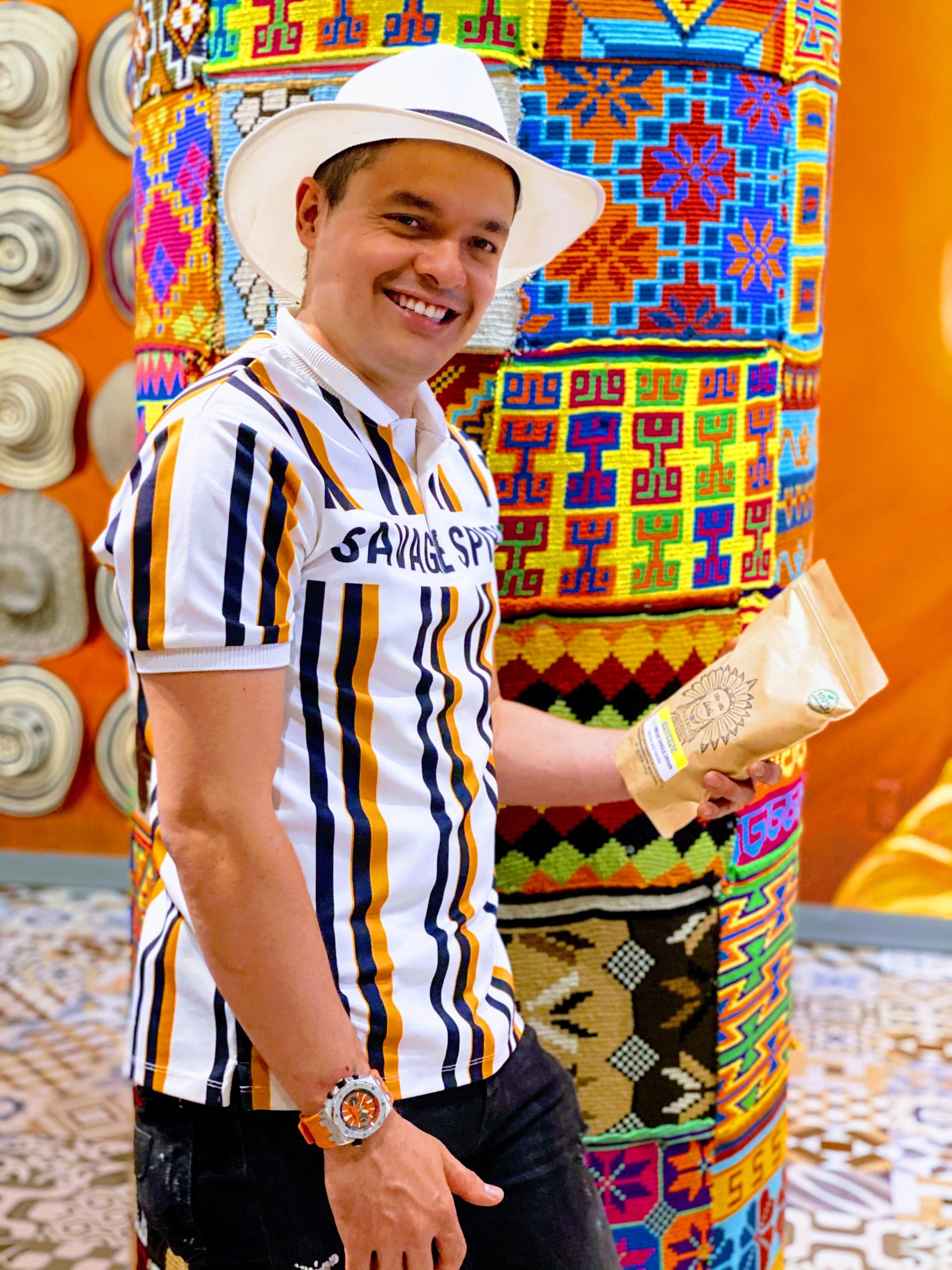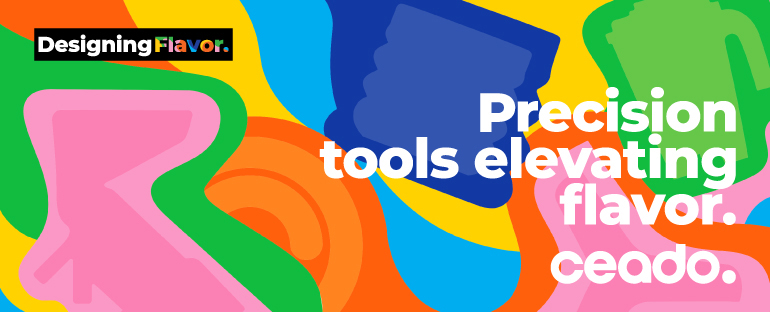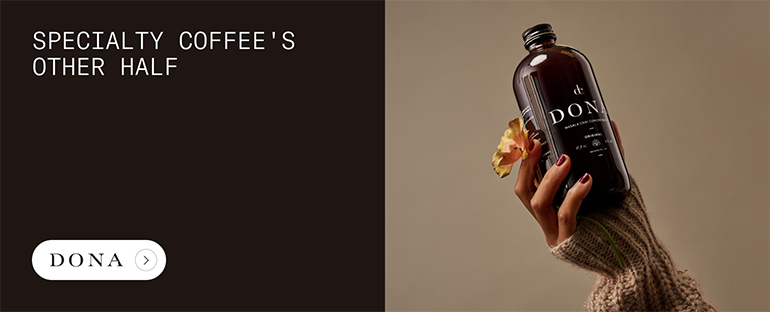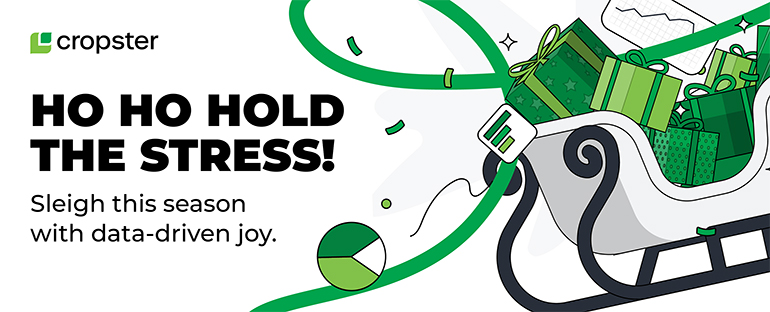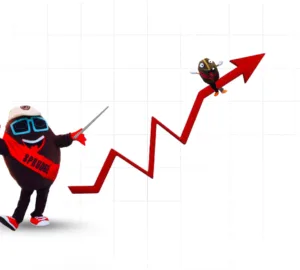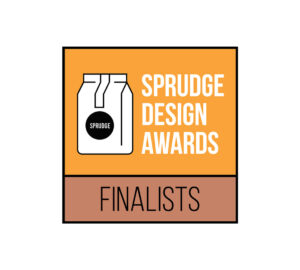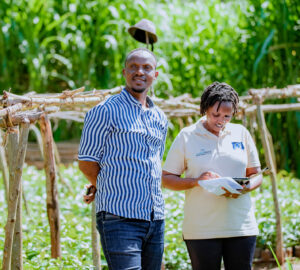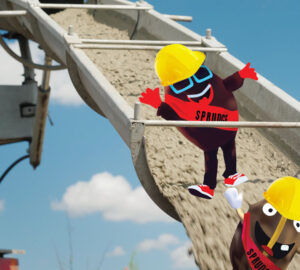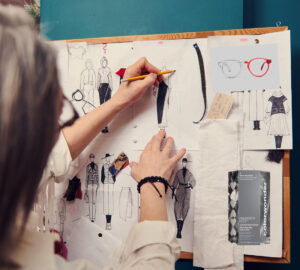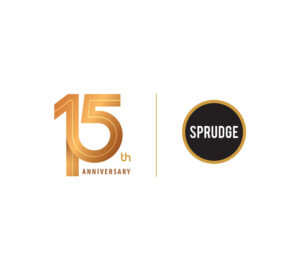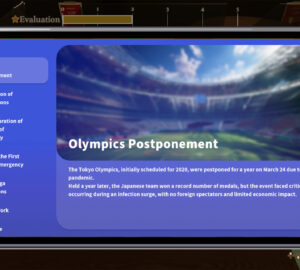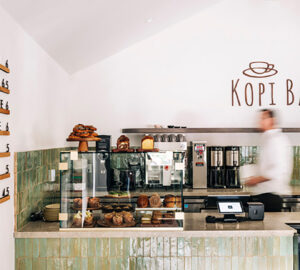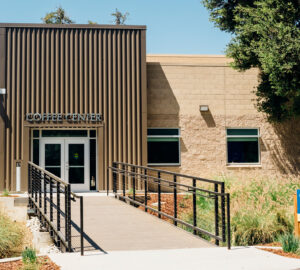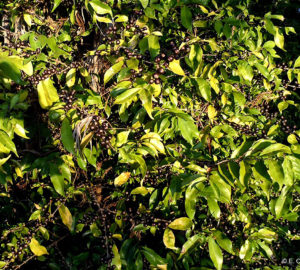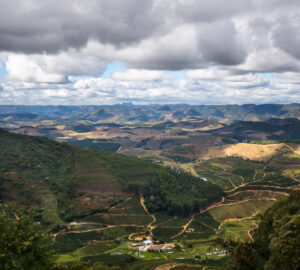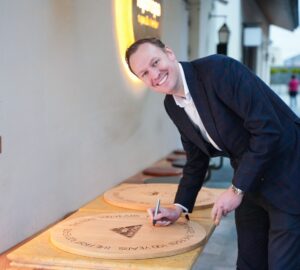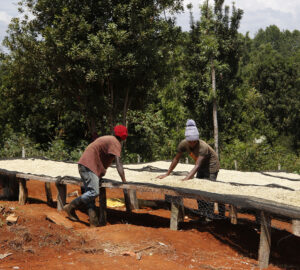Welcome back to Roaster Spotlight, a new feature series on Sprudge dedicated to the art and science of coffee roasting, and the intrepid roasters who keep the flame. Roaster Spotlight on Sprudge is proudly presented in partnership with Mill City Roasters.
For the latest edition of Roaster Spotlight, we turn our attentions to New York City, home to to Pueblo Querido and founder/roaster Christian Guzman Herrera. His story is intimately connected back to the nation of Colombia, and in particular the Calarca municipality in the department of Quindio, located more or less at a midpoint between Cali and Medellin. Christian Guzman Herrera grew up with coffee “as a part of everyday life” in Calarca, but dreams of a better life drew him first to university in Santiago, Chile, then to travel around the world, before finally arriving in America and settling in New York City.
Pueblo Querido has grown to include three locations across Brooklyn, including a roaster-retailer cafe at their location in Greenpoint. Here is where Guzman Herrera greets the morning on a Mill City MCR-20 gas roaster, installed as a showpiece in the cafe, with Herrera manning the machine and making magic from green coffee. Today he employs around three dozen employees across three stores, with coffee sourced exclusively from his home nation of Colombia via Royal Coffee. Roasting at Pueblo Querido is distinctly a family affair: the shop’s head roaster is Manuela Maya, with support from Jose Maya, Herrera’s wife and father-in-law, respectively.
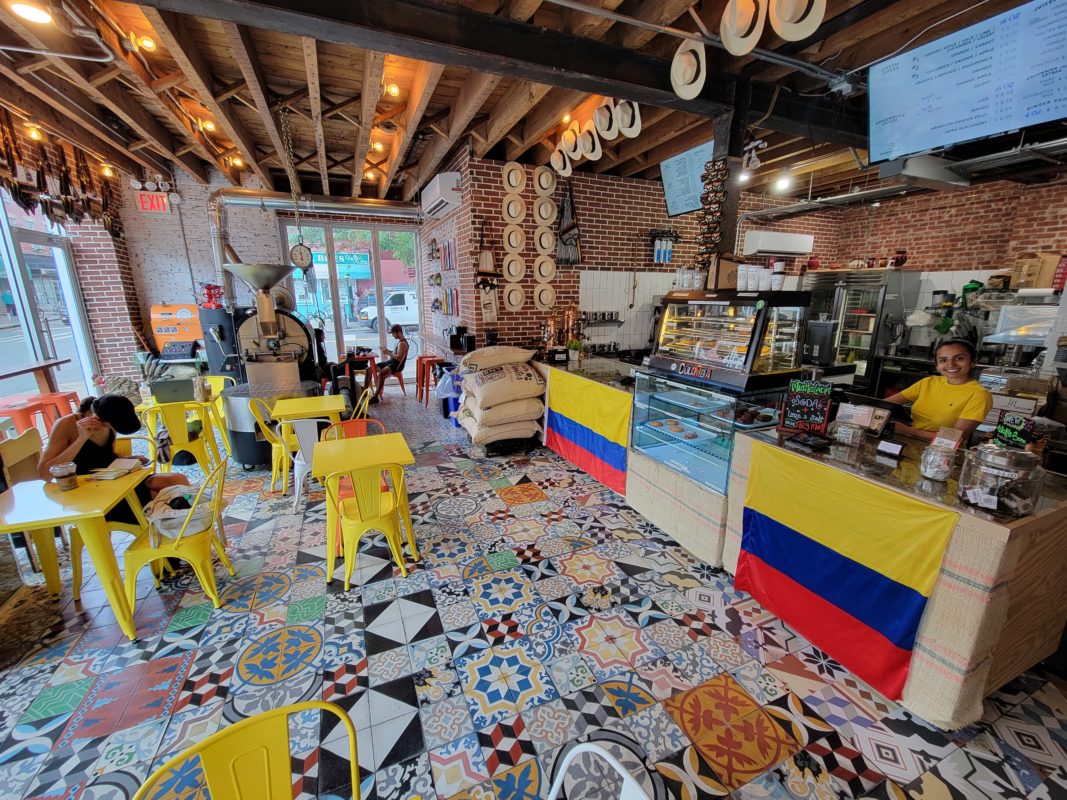
Along the way a tangible sense of community has developed around Pueblo Querido, both in the Brooklyn cafes and online, in particular on the company’s official Instagram. It doesn’t hurt that the cafes are absolutely beautiful, fusing third wave coffee sensibilities with folk art and vibrant interior design. The result feels a little international, distinctly Colombian, totally modern, and effortlessly chic in that New York City sort of way. At the center of it all is Herrera, who works the long hours behind the scenes to make this sort of growing business possible, and whose connection with the roasting remains a constant throughout. I spoke with him digitally from his home in New York City.
—Jordan Michelman
This interview has been edited and condensed.
As a roaster, are you looking for when it comes to drinking a good cup of coffee?
As a roaster and coffee drinker in a city like New York, what I’m always looking for is what New Yorkers call a “morning coffee”—a very balanced coffee that brings out maximum flavors and aromas, and a cup of coffee that can be drunk several times throughout the day without getting tired. I usually drink five to six cups of black coffee each day—one at home, and then another one in each of our locations—not only because I really enjoy it, but also because I think it’s the best way to check if the coffee was roasted the right way and if the equipment is working properly, the water filtration system is up and running and clean, and so on.
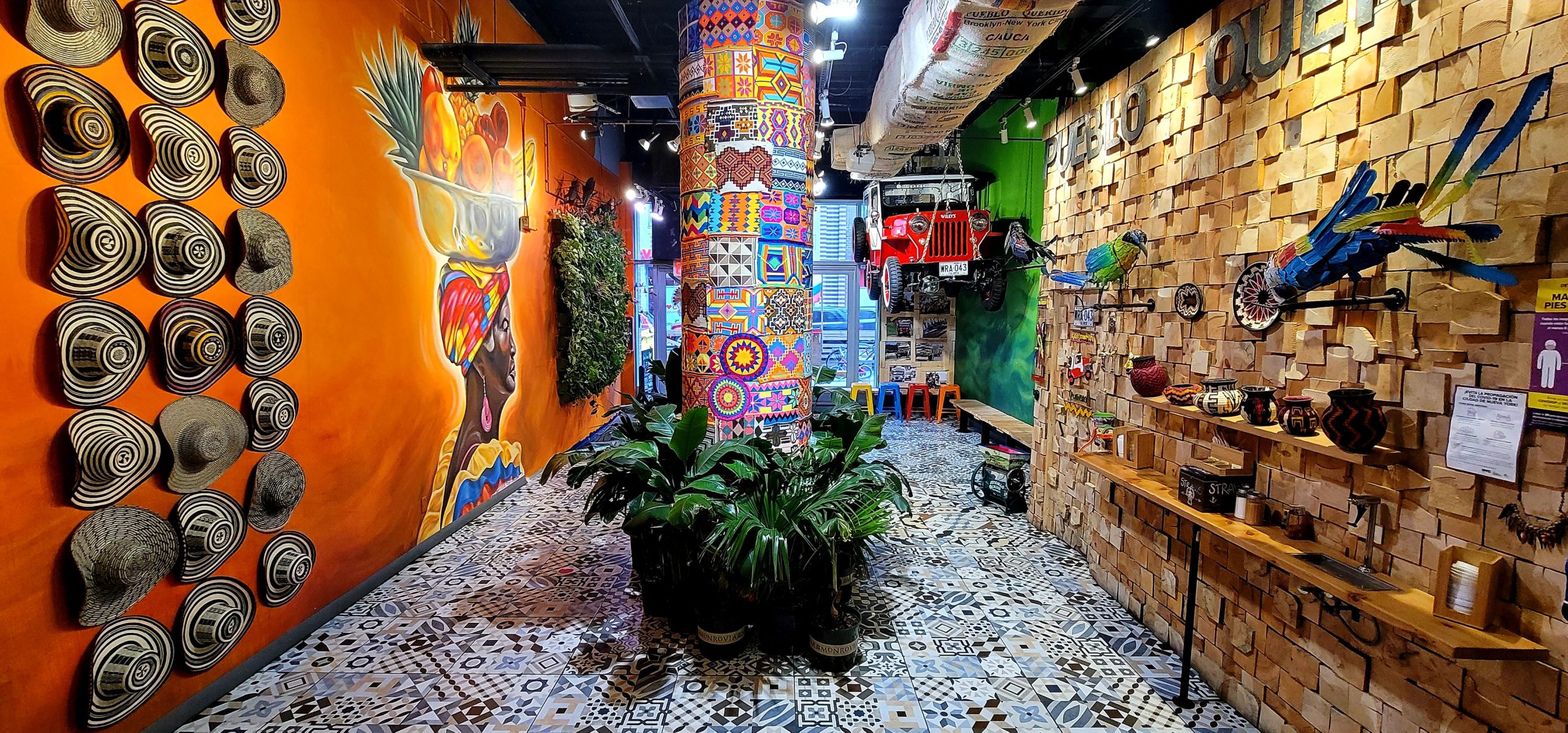
What have been some surprising coffees to come across your cupping table?
The microlots from small farms in the middle of the Andes mountains are the best and most unique, because all the beans are picked by families where they only get the ripest cherries. All this makes sure that you can get a very sweet caramel sugarcane flavor even when you are tasting washed beans. I was very skeptical about honey processed coffees and natural processed coffees but they bring to the cup an amazing aftertaste on your mouth.
What are some of the challenges of roasting they don’t tell you about?
The biggest challenge is learning, and along the way you will discover how costly this can be. Here’s some of the things I’ve learned:
If you are in a big, vertical city like New York, getting permits and being able to roast is very challenging, since it is hard to vent. Every building has at least four floors, and there are windows everywhere, which restricts the possibility of operating your coffee roaster in a high traffic store location. Buying an existing coffee roasting company because you want to break into the the market can be a big error, because if you are hiring people, payroll will eat your profit. And in my experience, I bought a 2.5 kilo Diedrich back in 2015 with the idea of renting a small space and starting selling wholesale, which became a series of events that thankfully guided me to open a coffee shop.
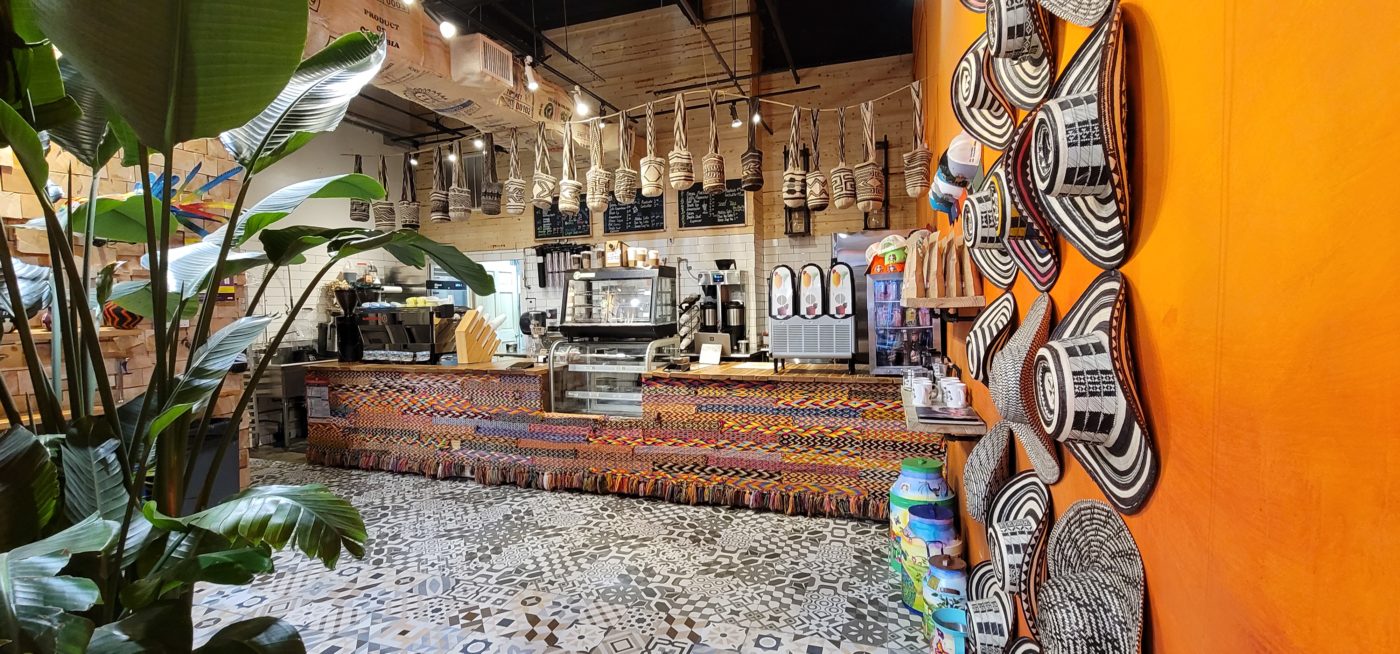
At first nobody will lease you any space if you have poor credit history. To open a roasting company you need very good bank statements, and then if you’re lucky, they’ll ask you for a six-figure plus deposit with a personal guarantee. When I was just starting out, I had only recently become a US resident, and I had a brand new credit score. Then you think, because you have the best coffee from Colombia every shop will buy from you! But then you realize that most stores are looking for either very good service, maintenance, training, and equipment or they are just too big to buy from a brand new company.
In the end, the best option for me after a thousand doors closed on my face was to open a coffee shop and try to figure out the city and the business myself from the ground up.
What are some of the best parts of roasting coffee?
Roasting coffee at your store on the weekends is the best! That’s when it’s the busiest and the people get very excited about the smells, and realize that the coffee is green and has become brown. Even these days, most people don’t know that the coffee needs to be roasted in order to drink it.
What’s your approach to blending?
I like to blend coffee beans in order to get what a gringo calls a “Morning Coffee.” Most people are in a rush and late to work and I like to bring a sweet balance, not a crazy cup of coffee to enjoy on your way to work or in the comfort of your home.
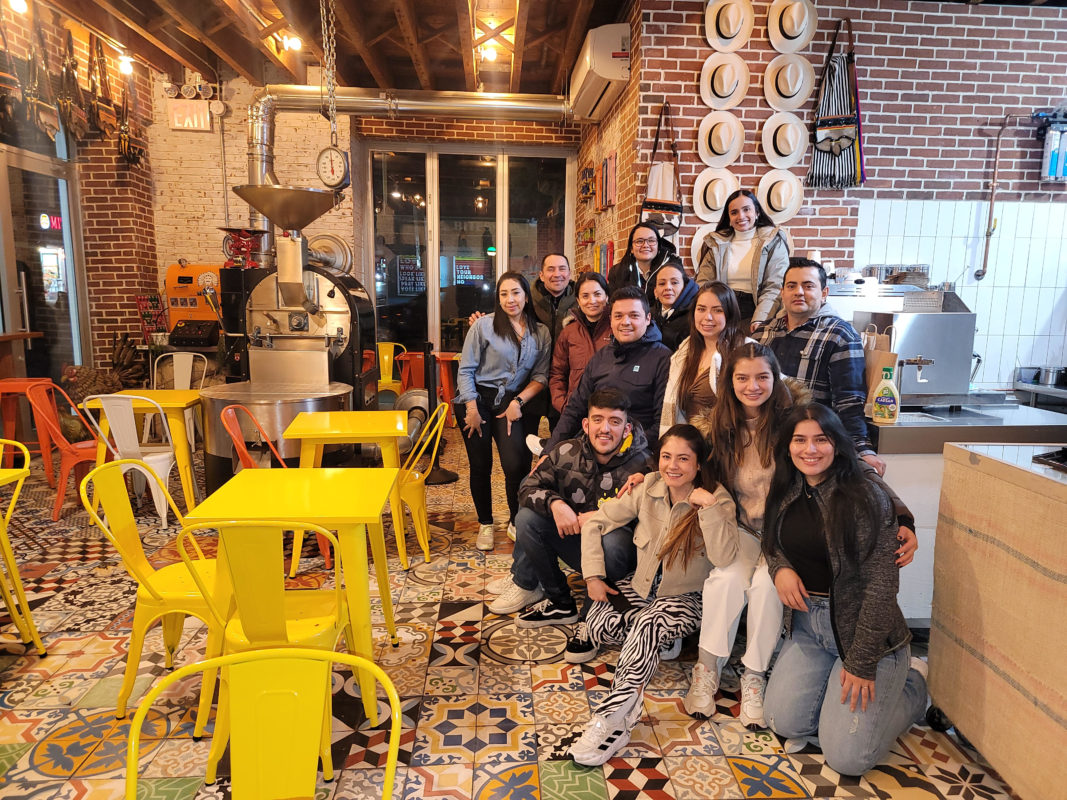
How does technology help your work as a roaster? What tools do you use?
The only technology I use is the thermocouple and a timer. Having the recipe in you head helps a lot because if you know what temperature each minute has to have then you can control your roster very easily.
We know a lot of roasters who LOVE to listen to podcasts or music while they’re manning the machine—what do you like to listen to?
I listen to the @pqcoffee Spotify list. I made that list and it is a very fun tropical energetic music that gives you a lot of energy.
What is your easiest origin or varietal to roast, what is your hardest & why?
The easiest is Colombia Castillo, washed, and not over 1300 meters over the sea level: The reason is that it is not very dense and since it is washed it doesn’t make a lot of chaff.
The hardest is anything from Natural to Honey with a high altitude like over 1800 meters over the sea level. The reason is that when you have very dense beans or a lot of peaberry beans that makes the roast very crazy and long. When roasting a Natural or Honey, the chaff can be a nightmare; based on the roaster you are using, if the drum has gaps, all this chaff will start going to the burner making a very bad smoke odor and if your coffee shop is full then it is a problem. Also if the coffee has a lot of small beans, it will also drop on the sides of the drum and burn, and not only you will lose those beans, they will also burn on the burners and most will be sucked up when you turn the air to 100%.
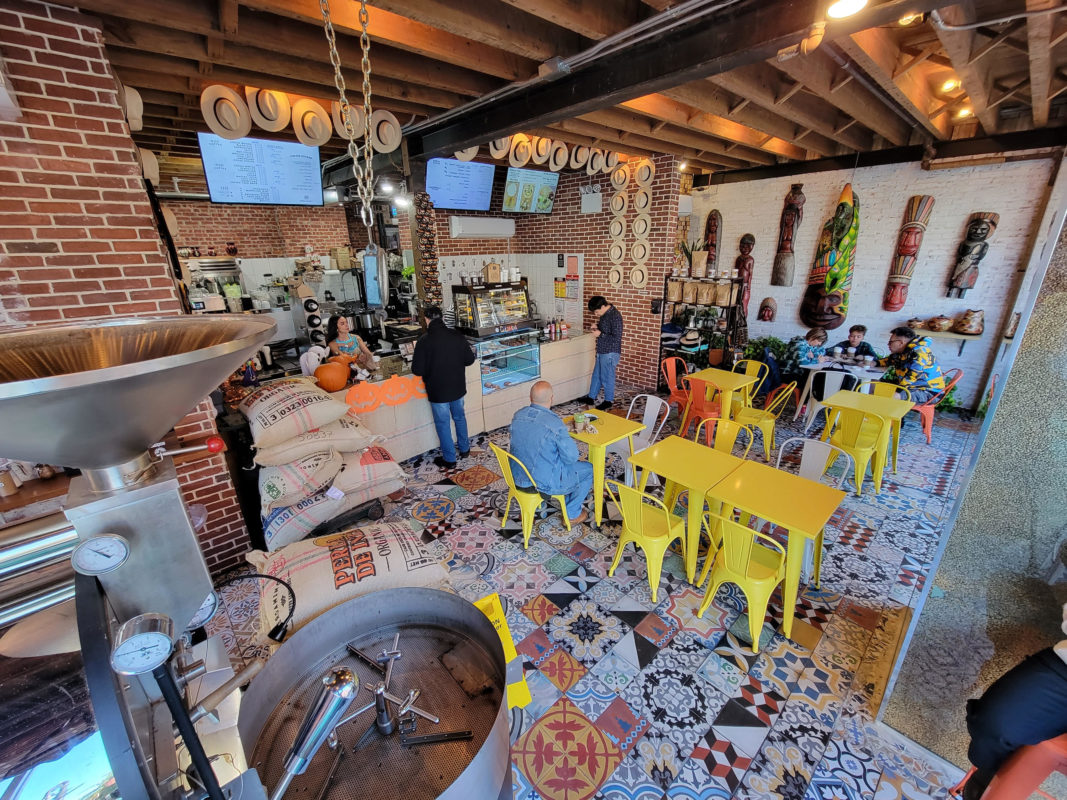
What expectations did you have when you started roasting and how has your experience met or changed those expectations?
My expectations are to have a coffee lab where I can teach everything about how to roast coffee and train people in the way you operate a coffee business on a daily basis. It’s been seven years and I am still learning. I started my coffee shop seven years ago and I still remember the feeling of not knowing anything about roasting or managing a business so I want to give that to the community.
What do you wish you could do more of if your market allowed it?
Be able to sell to more to other business being in big cities like NY is very challenging because you are surrounded by the big fish and is very hard to get your space in the market.
Where do you roast? Can you tell me about the physical space and why you have it set up that way?
I roast in my shop and I set it up like that because I chose to have a 40 feet x 40 feet glass window in order to have the mini lab where everyone can see this beautiful process.
Thank you.
This story appears as part of Roaster Spotlight, a new feature series on Sprudge dedicated to the art and science of coffee roasting, and the intrepid roasters who keep the flame. Roaster Spotlight on Sprudge is proudly presented in partners with Mill City Roasters.
Jordan Michelman (@suitcasewine) is a James Beard Award winning journalist and author, and a co-founder at Sprudge Media Network.











